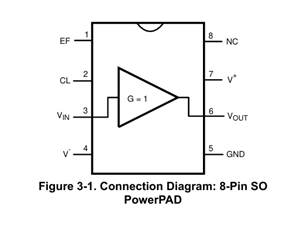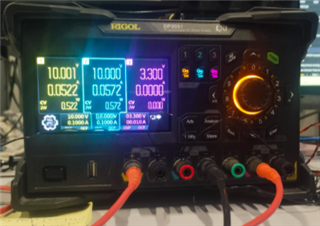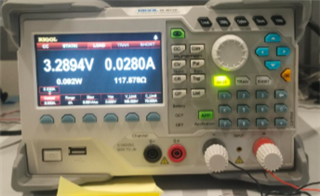Other Parts Discussed in Thread: DAC7716, THS3091
Tool/software:
Dear All,
I am Designing a Buffer Circuit using LMH6321MRX/NOPB IC to Amplify the DAC Output Current. The Load requires atleast 150mA Output current for which I was testing the IC with the following connections. 
Pin 1,2&8 are left open.
+10V & -10V is supplied to the IC pin 7&4 respectively through a .1uF Cap which is given to common Ground.
3.3V is given as input to the PIN 3 of the IC and Pin 6 is connected to the Load Generator. 

As I increase the Load Current from 0 to 100mA the voltage drops gradually from 3.3V to 2.8V at 90mA load but at 100mA Load the voltage drops to 0V. The IC Datasheet specifies that it can give upto 300mA of Buffer. Am I missing something in the connections?
Also, can I supply +/-15V as I will require Current Amplification for higher voltages as well? And are there any special considerations that I must follow for amplifying negative voltage?

